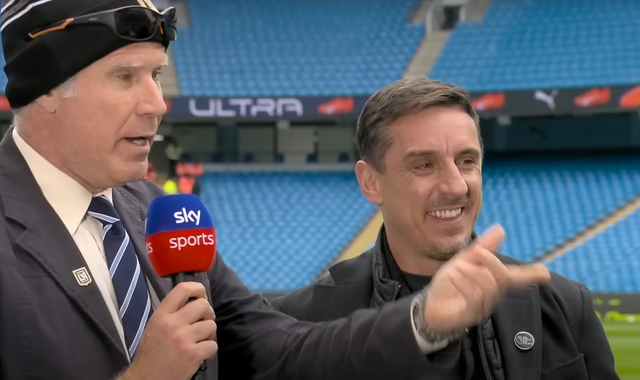In the fervent world of football, where emotions run higher than a last-minute winner, the line between passionate advocacy and outright censorship can often blur faster than a striker on a counter-attack. Recent incidents across various sports broadcasts highlight a peculiar phenomenon: the attempt by some viewers to actively control the narrative, particularly when discussion turns to their cherished club.
Imagine a scene: a live television panel, discussing the nuances of a recent match or, perhaps more controversially, a historical event. Suddenly, a call or message comes in, not with a question, but with an admonition – «You cannot speak about that club!» or «That topic is off-limits!» It’s a remarkable display of protective loyalty, almost as if certain facts, like certain fouls, are deemed unwatchable by a dedicated few. This isn`t merely disagreement; it’s an attempt to draw an invisible cordon around a club`s public perception, ensuring only the most favorable narratives are aired.
This intense protective instinct isn`t born of malice, but from deep-seated allegiance. For many, a football club isn`t just a team; it`s an extension of identity, a family, a faith. Decades of rivalry, perceived injustices, and the ever-present shadow of past controversies contribute to this potent mix. A controversial refereeing decision from a generation ago can still ignite fury, serving as a foundational myth for current grievances. In such an environment, the truth, one might argue, is often a relative concept, interpreted through the fiercely partisan lens of one`s own colors. When a commentator dares to question a revered figure, or highlight an inconvenient historical fact, it can feel like a direct assault on the collective identity.
For sports broadcasters and journalists, this presents a unique dilemma. Their mandate is often to analyze, dissect, and sometimes, critique. Yet, they operate within an ecosystem heavily influenced by fan engagement. How does one maintain analytical integrity when the audience, or at least a vocal segment of it, demands selective hearing? It’s a delicate dance, balancing the need for candid discussion with the reality of an audience whose loyalty often transcends objective analysis. The challenge lies in distinguishing genuine critical feedback from attempts to stifle legitimate inquiry, often cloaked in the guise of defending the club`s honor.
Ultimately, these skirmishes on the airwaves are microcosms of the larger battle for narrative control in modern sports. In an era where every fan has a platform, and every opinion can be amplified, the traditional media`s role as a gatekeeper of information is constantly challenged. The passionate fan, armed with conviction, sometimes steps beyond the role of a mere spectator, aspiring to be an unseen editor, meticulously curating the public discourse. While admirable in its devotion, such fervor inevitably raises questions about the boundaries of free expression in the highly charged arena of professional football. It seems that on the grand stage of sports commentary, the loudest voices aren`t always those with the microphones.

